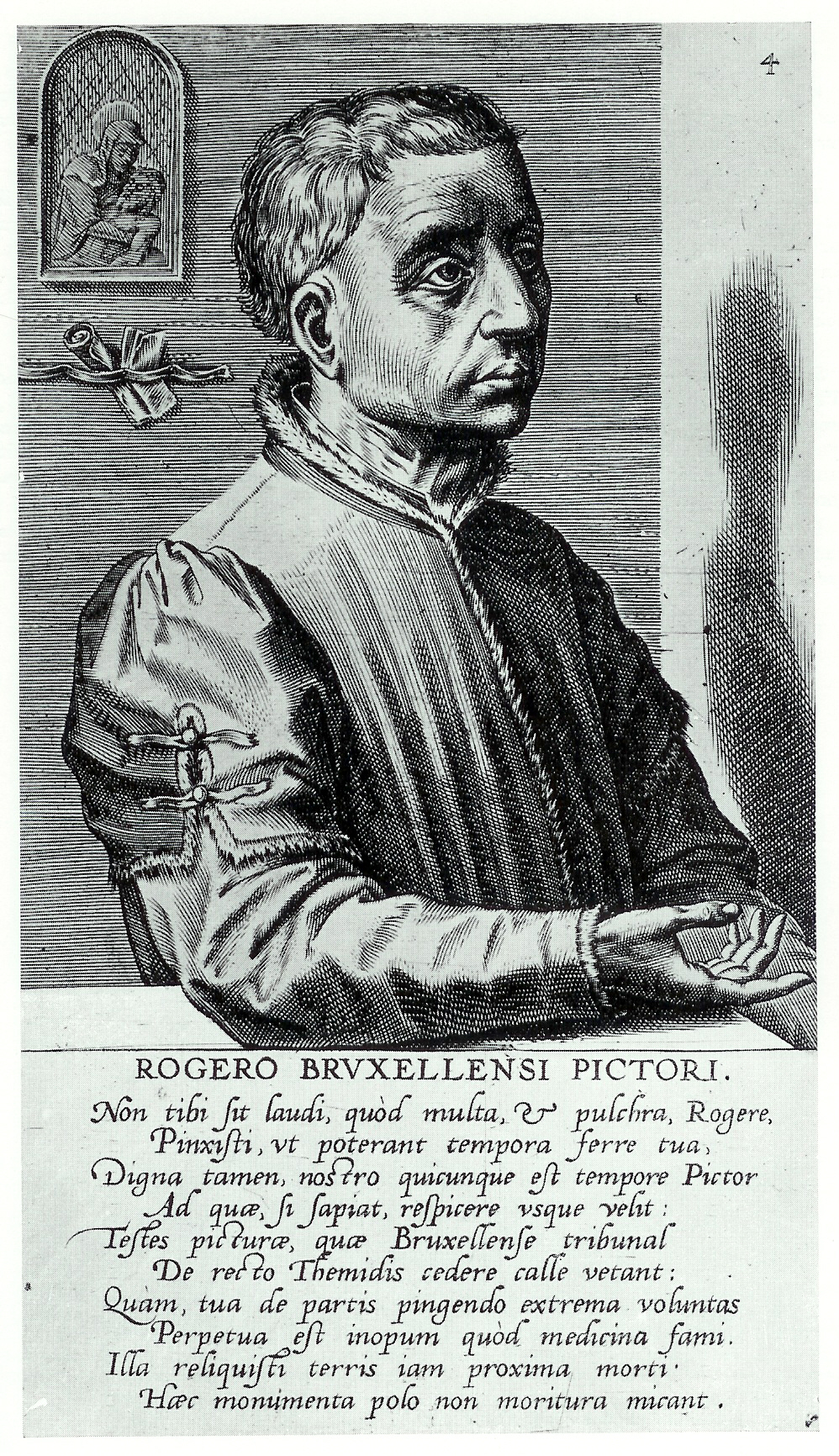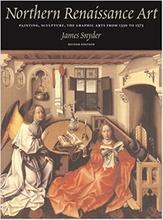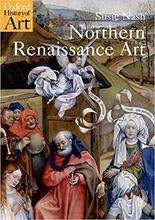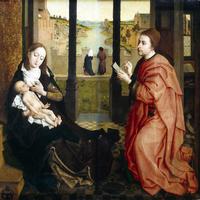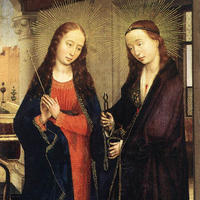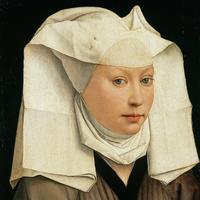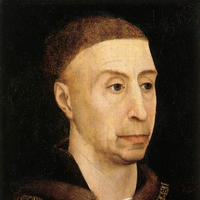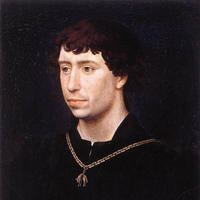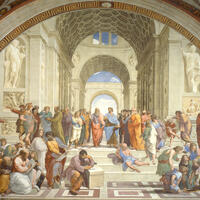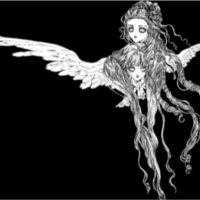More about Rogier van der Weyden
- All
- Info
- Shop
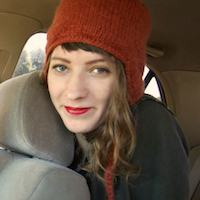
Contributor
Not much is known about our fave Netherlandish painter Rogier van der Weyden as some unfortunate turn of events led to the loss of important archives about his life both in 1695 and again in 1940.
Rough luck, but we do know with some certainty that Rogier van der Weyden’s life was generally uneventful. That’s not to say the dude was boring-- in fact, Rogier was pretty much the crème de la crème of celebrity portraiture. Dukes, princes, and hot babes with weird hats flocked to him to have much more flattering versions of their faces immortalized for all eternity.
Rogier van der Weyden was one of those lucky artists that managed to reach fame and fortune within his lifetime rather than after he’d popped his clogs (CLOGS. NETHERLANDS. LOL). By the middle of the 15th century he had surpassed even his predecessor Jan van Eyck in popularity. Unfortunately, the fame didn’t last much past his death and he was pretty much forgotten by the 17th century. Do I dare compare this fall from grace to that of Lindsay Lohan? Yes. Yes I do.
We also know that Rogier was a pretty damn generous guy. As he became increasingly wealthy, van der Weyden gave much of his money in alms to the poor. He also served as a dedicated administrator of the charitable foundation of a Brussels convent. With a life so shrouded in mystery, we might as well assume that van der Weyden was a Robin Hood of sorts-- painting the rich, giving to the poor.
Featured Content
Here is what Wikipedia says about Rogier van der Weyden

Rogier van der Weyden (
Dutch: [roːˈɣiːr vɑn dər ˈʋɛidə(n)]) or Roger de la Pasture (1399 or 1400 – 18 June 1464) was an early Netherlandish painter whose surviving works consist mainly of religious triptychs, altarpieces, and commissioned single and diptych portraits. He was highly successful in his lifetime; his paintings were exported to Italy and Spain, and he received commissions from, amongst others, Philip the Good, Netherlandish nobility, and foreign princes. By the latter half of the 15th century, he had eclipsed Jan van Eyck in popularity. However his fame lasted only until the 17th century, and largely due to changing taste, he was almost totally forgotten by the mid-18th century. His reputation was slowly rebuilt during the 200 years that followed; today he is known, with Robert Campin and van Eyck, as the third (by birth date) of the three great Early Flemish artists (Vlaamse Primitieven or "Flemish Primitives"), and widely as the most influential Northern painter of the 15th century.
Very few details of van der Weyden's life are known. The few facts we know come from fragmentary civic records. Yet the attribution of paintings now associated to him is widely accepted, partly on the basis of circumstantial evidence, but primarily on the stylistic evidence of a number of paintings by an innovative master.
Van der Weyden worked from life models, and details were closely observed. Yet he often idealised certain elements of his models' facial features, who were typically statuesque, especially in his triptychs. All of his forms are rendered with rich, warm colourisation and a sympathetic expression, while he is known for his expressive pathos and naturalism. His portraits tend to be half length and half profile, and he is as sympathetic here as in his religious triptychs. Van der Weyden used an unusually broad range of colours and varied tones; in his finest work the same tone is not repeated in any other area of the canvas, so even the whites are varied.
Check out the full Wikipedia article about Rogier van der Weyden

